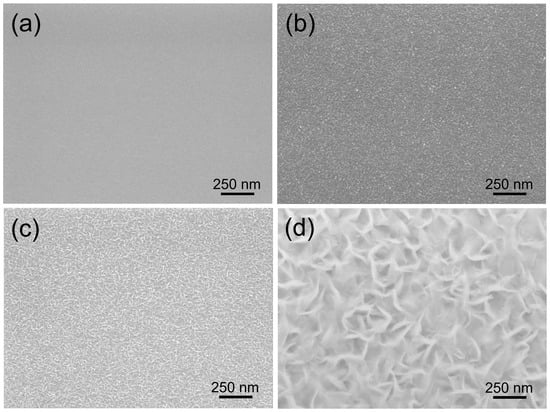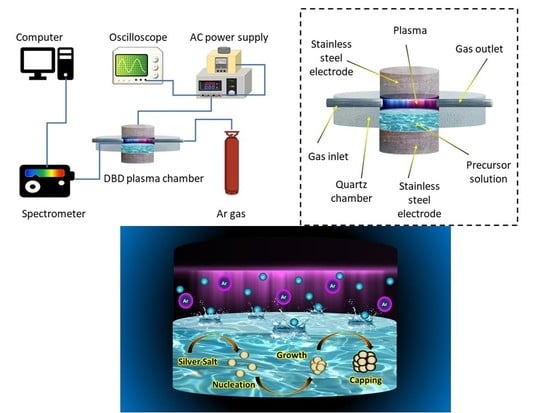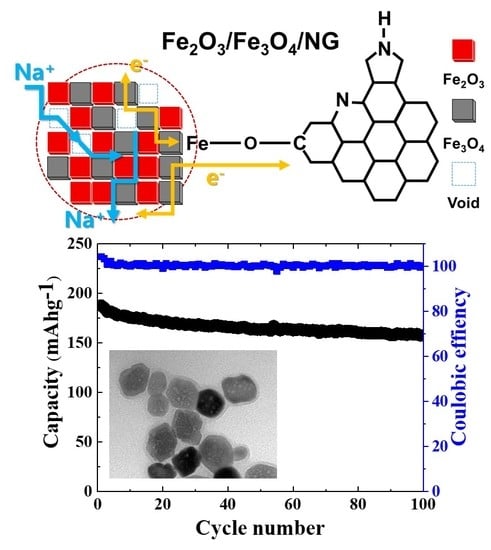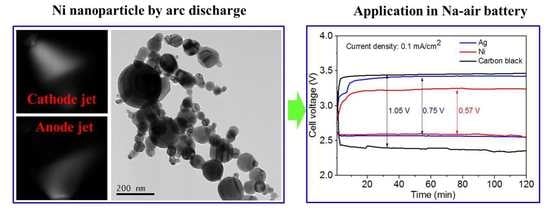The Fourth State of Engineering: Nanoengineered Materials and Coatings Facilitated by Plasma Techniques (Closed)
A topical collection in Nanomaterials (ISSN 2079-4991). This collection belongs to the section "Synthesis, Interfaces and Nanostructures".
Viewed by 27078Editors
Interests: antibacterial coatings; biomaterials; medical devices; plasma polymers; surface modification; biointerfaces; drug delivery; nanomaterials
Special Issues, Collections and Topics in MDPI journals
Interests: plasma nanoscience; nanotechnology, nanofabrication; nanoscale synthesis and processing; materials science; functional nanomaterials and devices; low-temperature plasma applications; energy, environmental, health, and other industrial technologies; clean and renewable energy; nano-plasmas and plasmonics; plasma health care and medicine; virus entry and prevention mechanisms; anti-viral and anti-bacterial surfaces; plasma catalysis; genetic modifications; cleantech; industrial biotechnology; advanced (e.g., additive) manufacturing
Interests: antifungal & antibacterial surface coatings; low-fouling coatings; plasma polymerization; SI-ATRP; contact-killing materials; thin films; surface analysis
Special Issues, Collections and Topics in MDPI journals
Interests: chemical and biosensors; biomaterials; thin film coatings; plasma polymerization; surface modification of 2D and 3D substrates; effective drug delivery platforms; bio-interfaces; immunological responses to biomaterials
Topical Collection Information
Dear Colleagues,
Plasma, the fourth state of matter, has captivated humans for millennia. In the last several decades, we have witnessed exciting breakthroughs in the use of plasma processes; to generating a diverse range of nanomaterials, nanoengineered coatings and interfaces. Examples include nanowires, nanotubes, nanoparticles, and nanostructured coatings for applications in numerous areas of everyday life, ranging from medical devices to electronics. Furthermore, many of these materials, coatings and interfaces are unique and cannot be derived by “conventional” means.
This Special Issue will bring together the latest advances in the fields of plasma nanoengineering of interfaces, coatings and structures and their application in a multitude of fields. In addition, the issue will highlight current challenges and obstacles. Overcoming these challenges and obstacles will foster the fundamental understanding of the physical, chemical and physicochemical phenomena underpinning the plasma facilitated processes.
Finally, this Special Issue will provide state-of-the art guidance to researchers and engineers in the plasma-field, as well as inform the community about future directions.
For this reason, in this Special Issue, we invite investigators to contribute original research articles as well as review articles. These articles are to inspire research towards the next generation of plasma derived nanoscale interfaces, coatings and structures. Potential topics include, but are not limited to:
- Plasma synthesis of nanomaterials
- Nanoscale plasma polymer coatings
- Plasma assisted surface modification
- Plasma nano texturing of surfaces
- Applications of plasma derived nanomaterials, coatings and interfaces in different fields (such as medicine, energy, agriculture and beyond)
- Modeling of plasma facilitated process for fabrication of nanomaterials
Prof. Dr. Krasimir Vasilev
Prof. Dr. Kostya (Ken) Ostrikov
Dr. Thomas Michl
Dr. Akash Bachhuka
Guest Editors
Manuscript Submission Information
Manuscripts should be submitted online at www.mdpi.com by registering and logging in to this website. Once you are registered, click here to go to the submission form. Manuscripts can be submitted until the deadline. All submissions that pass pre-check are peer-reviewed. Accepted papers will be published continuously in the journal (as soon as accepted) and will be listed together on the collection website. Research articles, review articles as well as short communications are invited. For planned papers, a title and short abstract (about 100 words) can be sent to the Editorial Office for announcement on this website.
Submitted manuscripts should not have been published previously, nor be under consideration for publication elsewhere (except conference proceedings papers). All manuscripts are thoroughly refereed through a single-blind peer-review process. A guide for authors and other relevant information for submission of manuscripts is available on the Instructions for Authors page. Nanomaterials is an international peer-reviewed open access semimonthly journal published by MDPI.
Please visit the Instructions for Authors page before submitting a manuscript. The Article Processing Charge (APC) for publication in this open access journal is 2900 CHF (Swiss Francs). Submitted papers should be well formatted and use good English. Authors may use MDPI's English editing service prior to publication or during author revisions.
Keywords
- plasma nanomaterials
- plasma polymerization
- plasma nanosynthesis
- plasma deposition
- plasma etching
- plasma polymerization
- plasma coatings
- plasma medicine
- plasma agriculture
- plasma applications















